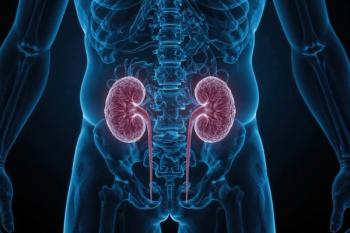
Opium and Hashish Tested Using Laser-Induced Fluorescence Spectroscopy
Scientists from the Amirkabir University of Technology in Tehran, Iran, used laser-induced fluorescence (LIF) spectroscopy to analyze opium and hashish, in order to achieve a novel method of drug analysis.
Scientists from the Amirkabir University of Technology in Tehran, Iran, used laser-induced fluorescence (LIF) spectroscopy to analyze opium and hashish. Through this research, which was published in Spectrochimica Acta Part A: Molecular and Biomolecular Spectroscopy, the scientists explored a novel method of drug analysis (1).
Opium, which comes from the opium poppy, is the source of many narcotics, including morphine and codeine. Hashish is made from the resin of the cannabis plant. Cannabis is one of the most common psychoactive drugs, due to its psychoactive components: delta-9-tetrahydrocannabinol (THC), cannabinol (CBN), and cannabidiol (CBD).
Opium and hashish are optically dense multi-fluorophore samples and contain fluorophores of unknown concentrations. This makes it difficult for conventional fluorescence measurement tools to analyze these substances. In this study, the researchers used LIF to properly characterize the properties of both opium and hashish.
LIF is often praised for its simplicity, quickness, and portability, making it a practical method of drug identification. In this study, LIF was extensively examined to overcome drawbacks of obtaining specific fluorescence parameters as a novel method of drug analysis. The spectroscopy process was carried out at a single-line excitation of 405 nm over a wide range of concentrations to obtain three distinctive fluorescence parameters (k, α and Cp) based on the modified Beer-Lambert (MBL) formalism.
The typical α value was determined to be 0.30 and 0.15 mL/(cm∙mg) for opium and hashish, respectively. Similarly, typical k is obtained ar 0.390 and 1.25 mL/(cm∙mg), respectively. Furthermore, the concentration at max fluorescence intensity (Cp) was determined for opium and hashish to be 1.8 and 1.3 mg/mL, respectively. These results show that using this method, opium and hashish create their own characteristic fluorescence parameters.
Reference
(1) Shamsi, E.; Parvin, P.; Ahmadinouri, F.; Khazai, S. Laser-induced fluorescence spectroscopy of plant-based drugs: Opium and hashish provoking at 405 nm. Spectrochim. Acta A Mol. Biomol. Spectrosc. 2023, 302, 123055. DOI:
Newsletter
Get essential updates on the latest spectroscopy technologies, regulatory standards, and best practices—subscribe today to Spectroscopy.





